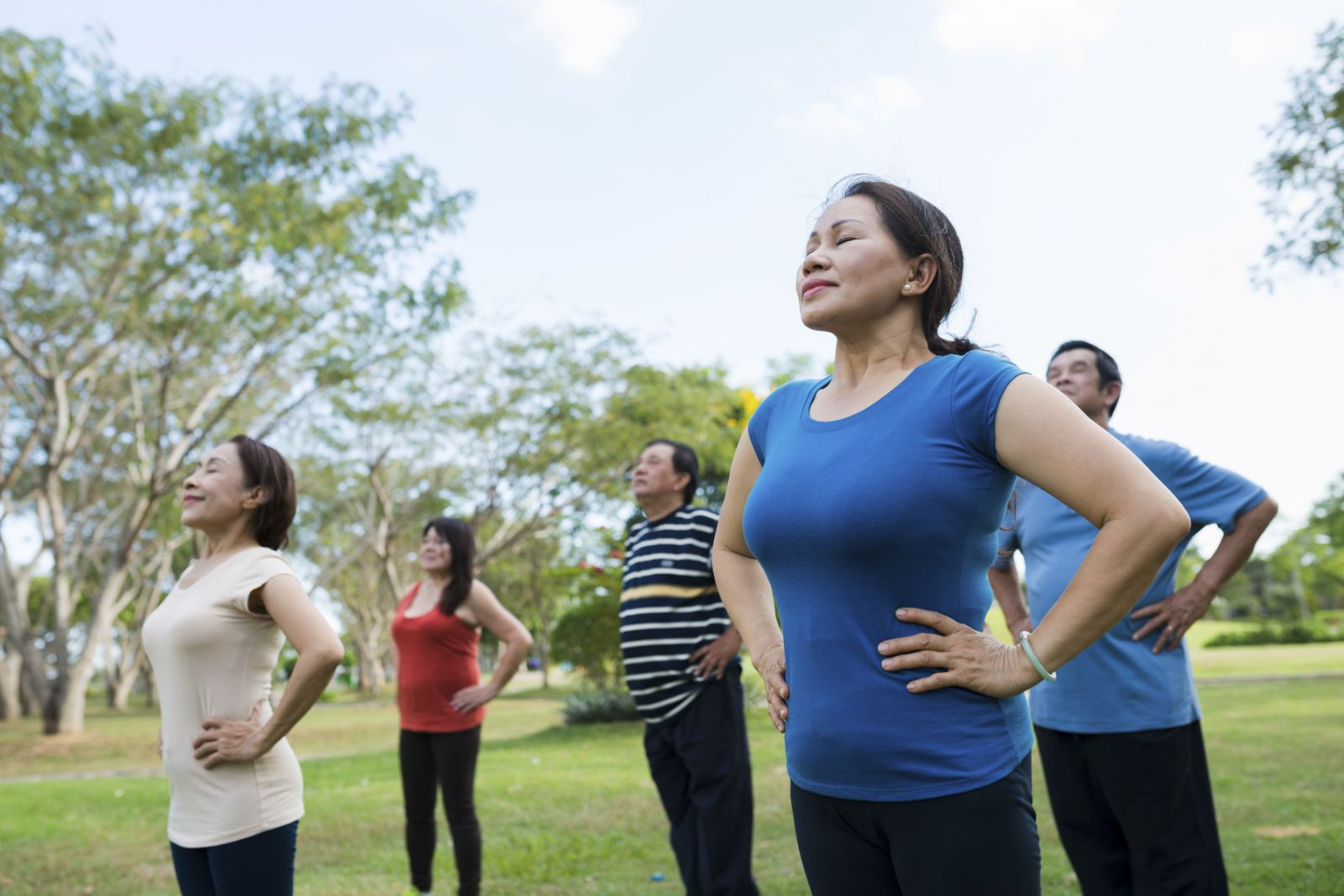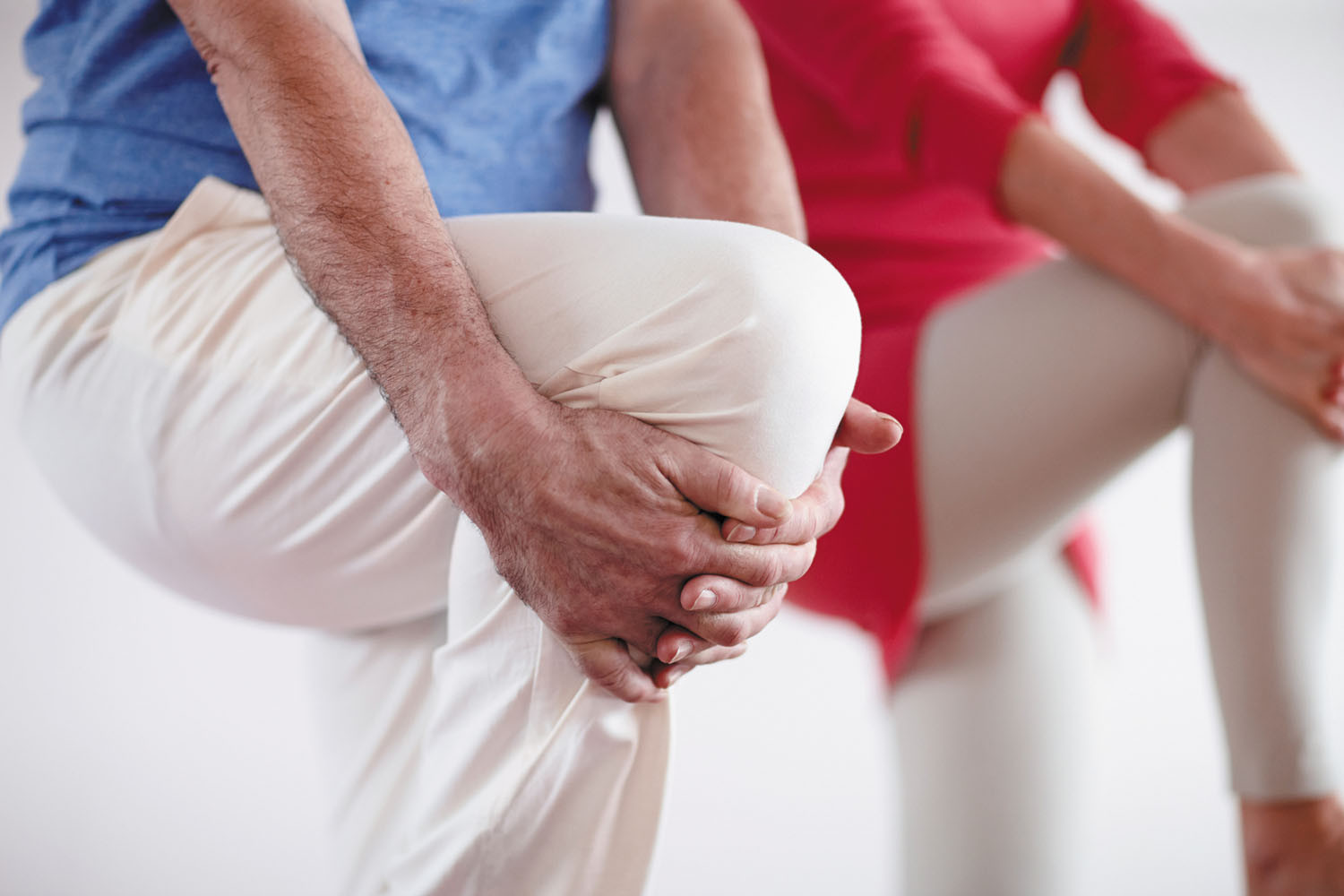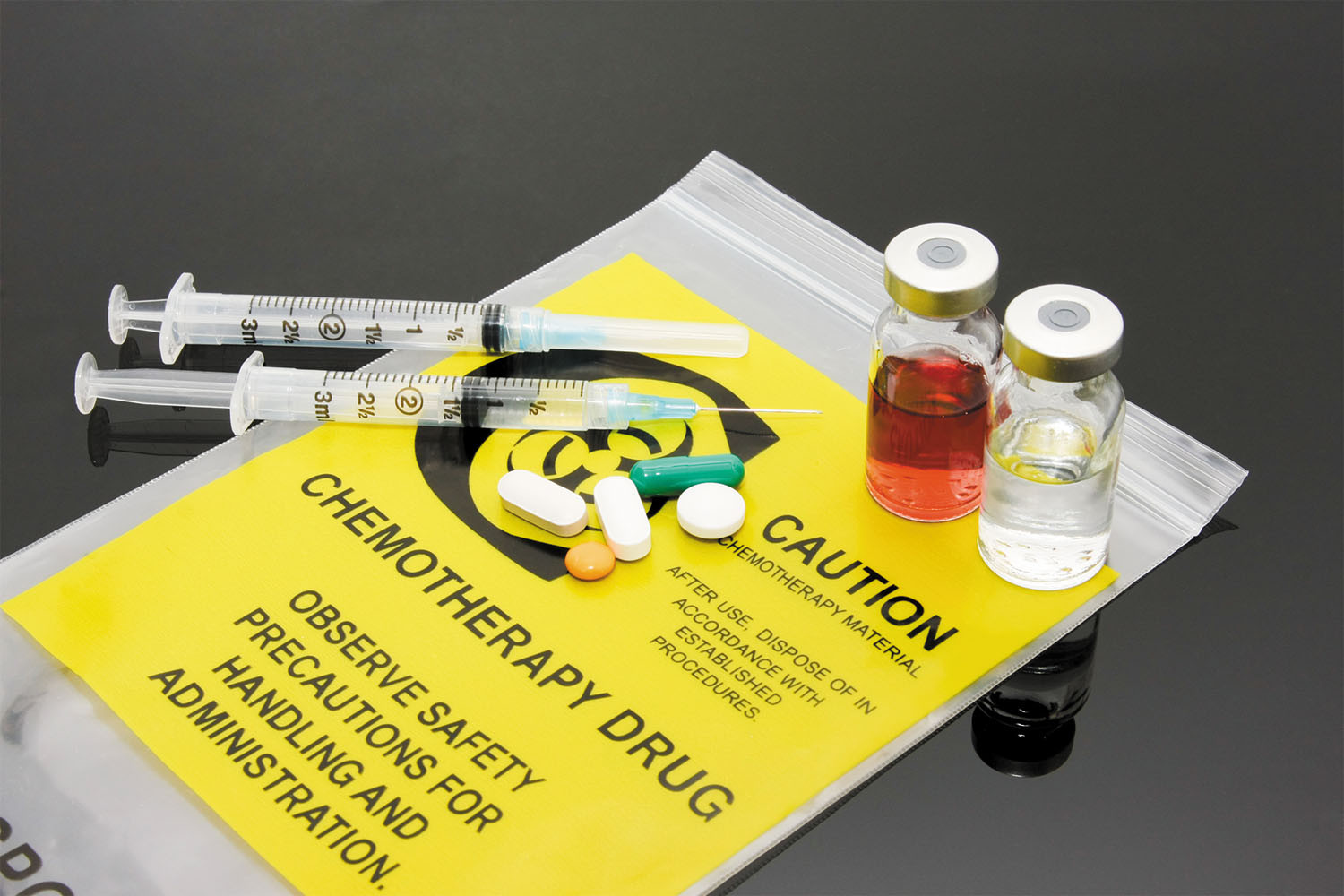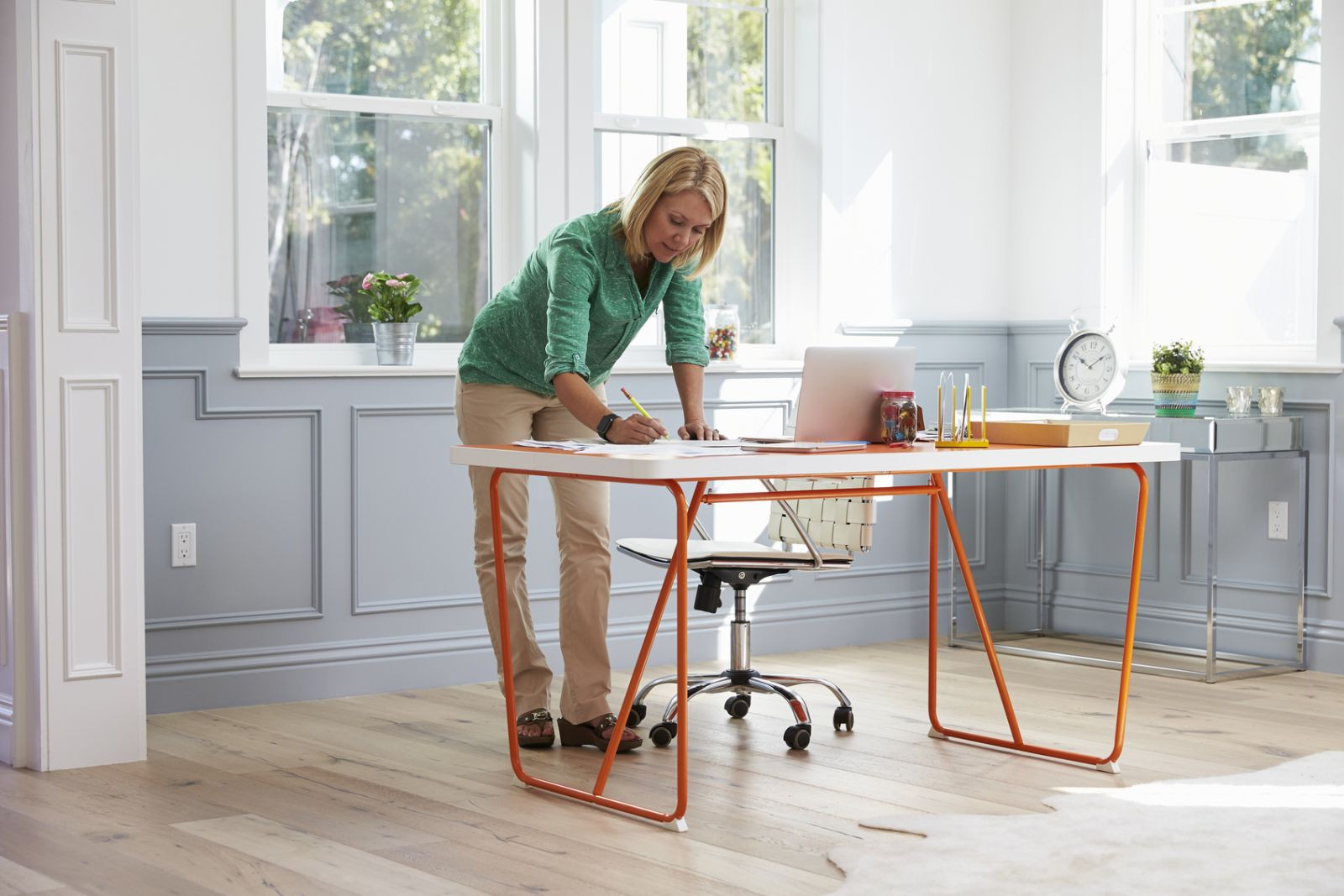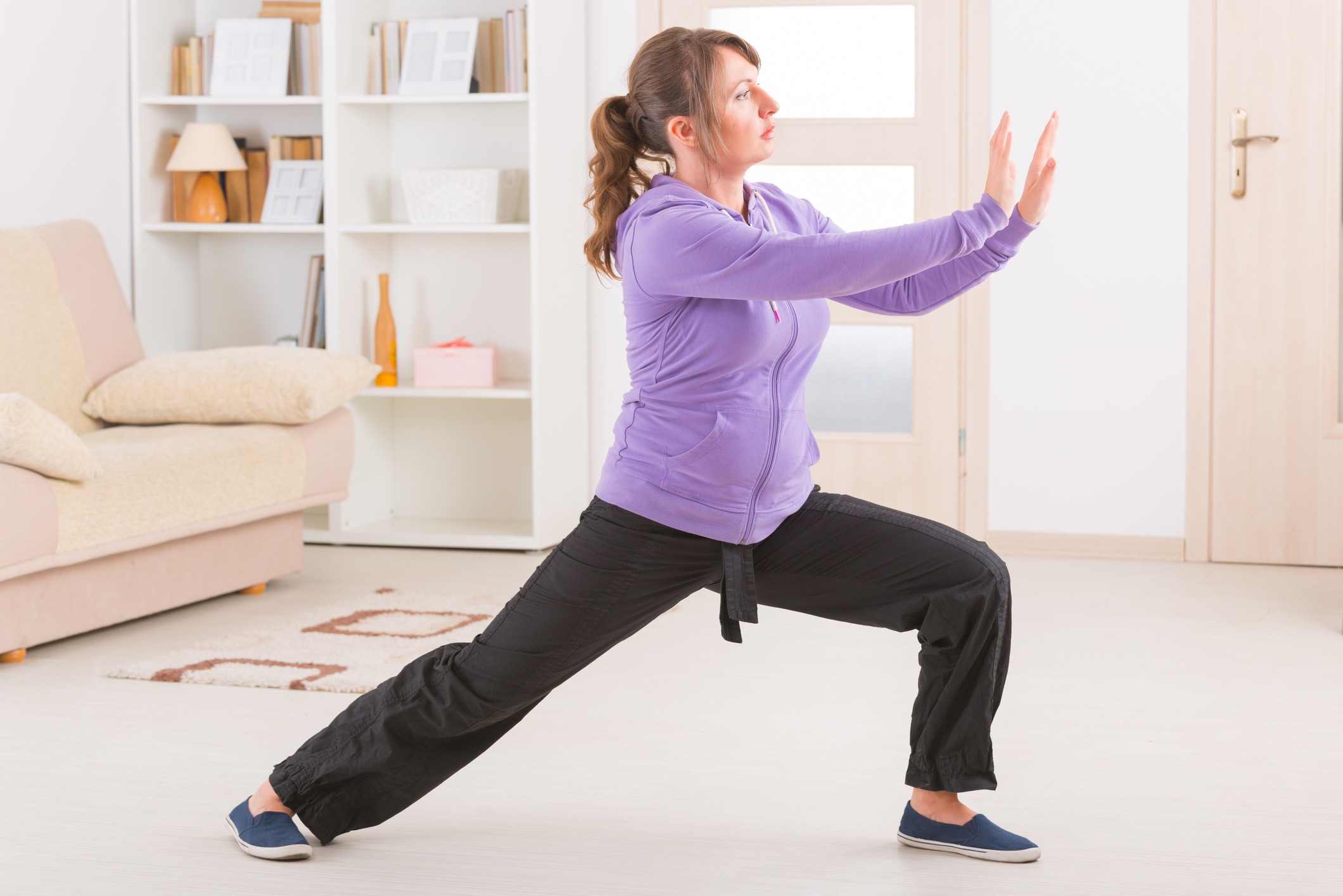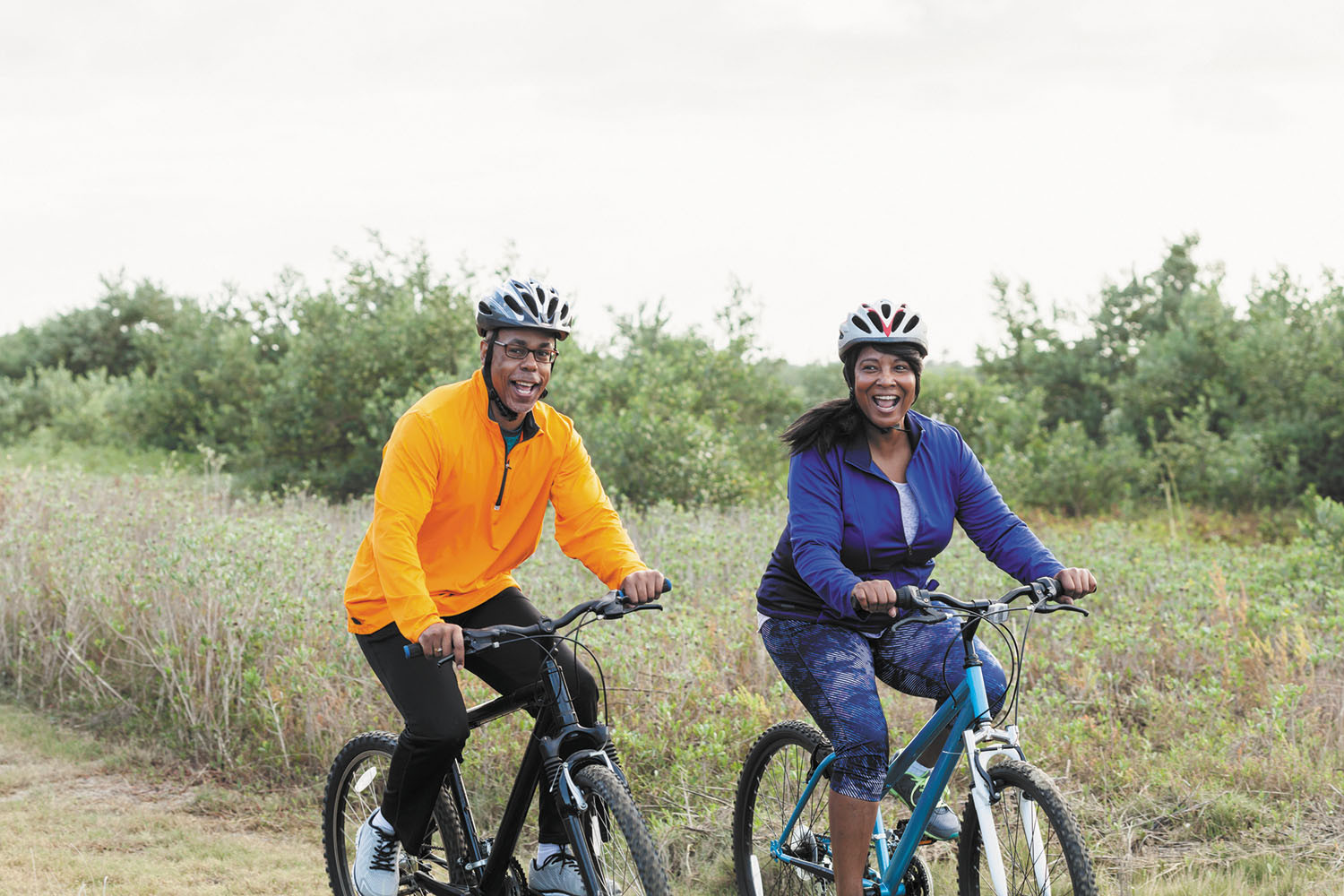
5 timeless habits for better health

What are the symptoms of prostate cancer?

Is your breakfast cereal healthy?

When pain signals an emergency: Symptoms you should never ignore

Does exercise give you energy?

Acupuncture for pain relief: How it works and what to expect

How to avoid jet lag: Tips for staying alert when you travel

Biofeedback therapy: How it works and how it can help relieve pain

Best vitamins and minerals for energy

Should you take probiotics with antibiotics?
Exercise & Fitness Archive
Articles
How should core work fit into your overall exercise plan?
Your core muscles are the sturdy link between your lower body and upper body. Every move you make starts in your core or transfers through it. So, a weak or tight core can translate into less power from your arms and legs.
It's well worth including core work in your exercise plan. The Physical Activity Guidelines for Americans from the U.S. Department of Health and Human Services recommend the following well-rounded plan:
A breathing technique to help you relax
The practice of yoga incorporates many separate breathing techniques (above and beyond the coordinated breathing you do during yoga routines) that can help relax you and release tension. And many of these techniques can be done anytime, anywhere — not just during yoga class.
If you'd like to reap the benefits of these breathing techniques, start with the abdominal breathing technique described below. Once you've mastered abdominal breathing, you can then try others based on the unique benefits that each technique offers.
Balancing act
Falls continue to be the leading cause of injuries among older adults. Practicing balance exercises can help keep you steady.
Image: © laflor/Getty Images
Every year, about one-quarter of adults older than age 65 experience at least one accidental fall. The impact of a fall can be devastating. About 20% of falls result in a serious injury like broken bones in the wrist, arm, and ankle; hip fractures; and head injuries. Surgery or rehabilitation may be needed, which may impair your mobility. A fall also could cause psychological trauma and make you fearful of being active.
"You want to do whatever you can to avoid a fall," says Dr. Adam Tenforde, a sports medicine physician at Harvard-affiliated Spaulding Rehabilitation Hospital.
Overcoming your barriers to exercise
Find ways to be more active — even if you have sore joints or other limitations.
Image: © Cecilie_Arcurs/Getty Images
You're probably well aware that exercise is the best way to keep your heart strong and healthy. Any activity that moves your muscles will raise your heart rate, making it better able to pump blood through your body. Over time, exercise enables your heart to beat slower and keeps your blood pressure under control.
But many people don't exercise regularly. Just over half of adults in the United States meet the recommended physical activity guidelines (see "Weekly physical activity goals"). Two of the main reasons people say they don't exercise are (1) not having enough time and (2) having joint pain, fatigue, or a chronic health condition.
Treatments for breast cancer may harm the heart
But surveillance and other strategies — especially exercise — can limit the risk.
Image: © Khuong Hoang/Getty Images
Better treatments for breast cancer have contributed to the growing number of breast cancer survivors, now about three million in the United States. However, these women may face a heightened risk of heart disease from the cardiotoxic effects of chemotherapy and radiation, according to a statement from the American Heart Association in the Feb. 20, 2018, issue of Circulation.
Doctors have long known that certain cancer drugs can decrease the heart's pumping ability, especially doxorubicin (Adriamycin) and trastuzumab (Herceptin), two common treatments for breast cancer. Many women receive radiation therapy as well, which can cause heart tissue to scar or stiffen, possibly leading to valve disorders, coronary artery disease, or other heart problems. But specialists who focus on keeping the heart healthy during and after cancer treatment — known as cardio-oncologists — can offer strategies to both prevent and treat heart damage from cancer therapy.
Standing vs. sitting: Fewer pounds, less heart disease?
Research we're watching
Compared to sitting, standing burns slightly more calories — about 0.15 calories per minute. But that tiny difference adds up: a person who weighs 143 pounds could burn an extra 54 calories per day by standing instead of sitting for six hours, as researchers report in the Jan. 1, 2018, European Journal of Preventive Cardiology.
Assuming that person kept eating the same number of calories per day, that translates to 5.5 pounds of weight loss after one year. The estimate comes from data pooled from 46 different studies.
Weight loss and exercise may ease atrial fibrillation
Research we're watching
For people with atrial fibrillation, losing a little weight and getting exercise may improve their symptoms, according to a review published online Feb. 7, 2018, by The American Journal of Cardiology.
Atrial fibrillation (or afib) is a common heart rhythm disorder marked by a quivering or fluttering heartbeat, which can cause dizziness and breathlessness. Other symptoms include fatigue, weakness, and fainting.
Aerobic exercise or tai chi for fibromyalgia — which is better?
Physical activity is beneficial for people with fibromyalgia, but the pain caused by the condition makes exercise difficult for many. A new study compares the benefits of aerobic exercise and tai chi as treatments for fibromyalgia.
Don’t allow arthritis to keep you from exercising
News briefs
Image: © adamkaz/Getty Images
Exercise is considered the most effective pill-free treatment to cope with the pain and stiffness of arthritis. And more people are getting advice from their health care providers about how to stay active, according to a study published online Jan. 5, 2018, by the CDC's Morbidity and Mortality Weekly Report. Researchers looked at national health surveys gathered from 2002 to 2014. In that period, there was an increase in the proportion of people with arthritis (osteoarthritis, rheumatoid arthritis, gout, lupus, or fibromyalgia) who said their clinician suggested physical activity to help reduce symptoms — from 52% in 2002 to about 60% in 2014. But by 2014, about 40% of arthritis sufferers still said they weren't getting exercise counseling. That's significant, considering that 91 million people ages 18 or older are affected by arthritis, according to a study published online Nov. 27, 2017, by Arthritis & Rheumatology. You don't have to wait for a doctor to suggest exercise as an arthritis treatment. Try something gentle, like walking, tai chi, or modified yoga. For more ideas, check out the Harvard Special Health Report The Joint Pain Relief Workout (www.health.harvard.edu/jprw).
Pedal your way to better heart health
Riding a bike — either outdoors or inside — can be a good way to exercise at different levels of intensity.
Image: © Susan Chiang/Getty Images
Spring's milder temperatures often encourage people to exercise outside. Riding a bike can offer a nice break from walking, the exercise that doctors recommend most often. If you're bored of your walking route and looking for bit of a challenge, consider cycling. Biking enables you to travel faster and farther than jogging or running but puts far less stress on your joints.
"I have many patients who bike, and they find it's a great way to get some exercise, especially when the weather's favorable," says Dr. Brendan Everett, a cardiologist at Harvard-affiliated Brigham and Women's Hospital. Cycling may not burn as many calories as jogging over a given period of time, but jogging is difficult for many people, he notes. Also, you can choose a route that suits your fitness level — from a short, flat loop to a longer ride with gently rolling hills.

5 timeless habits for better health

What are the symptoms of prostate cancer?

Is your breakfast cereal healthy?

When pain signals an emergency: Symptoms you should never ignore

Does exercise give you energy?

Acupuncture for pain relief: How it works and what to expect

How to avoid jet lag: Tips for staying alert when you travel

Biofeedback therapy: How it works and how it can help relieve pain

Best vitamins and minerals for energy

Should you take probiotics with antibiotics?
Free Healthbeat Signup
Get the latest in health news delivered to your inbox!
Sign Up

